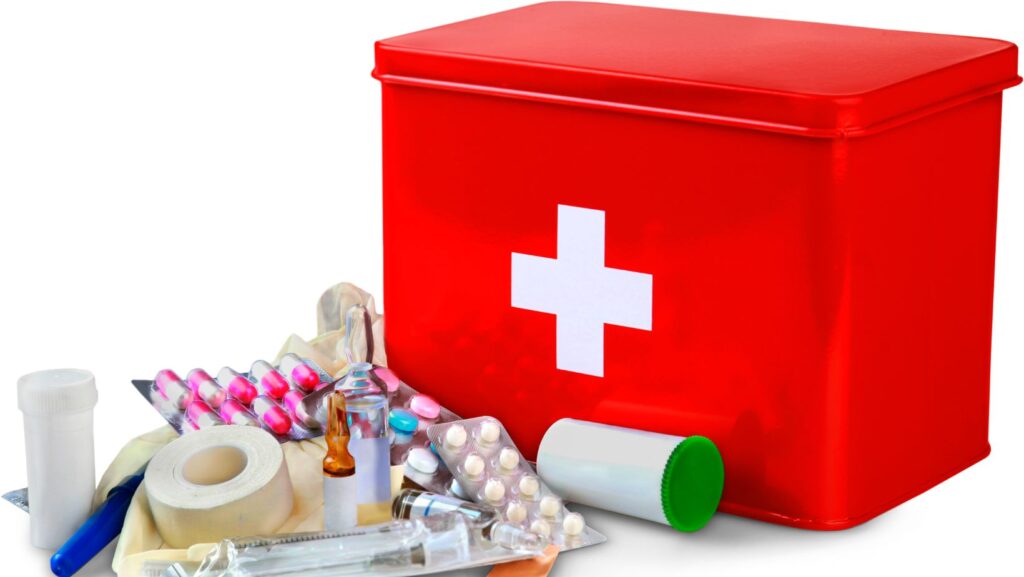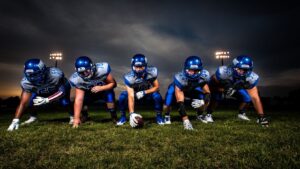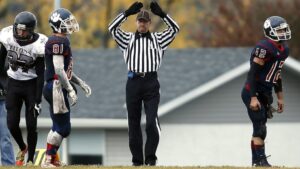
Sports, the realm of exhilaration and physical prowess, can, unfortunately, leave us vulnerable to injuries. Whether it’s a mere scrape or a serious mishap, the ability to administer first aid becomes paramount for anyone immersed in the world of sports. This blog will uncover the diverse landscape of sports injuries and explore the art of applying appropriate first-aid techniques for optimal management and recovery.
Wound and Bleeding Management
Cuts and abrasions are prevalent in the fast-paced world of sports. The first step in adequately managing these wounds is to control the bleeding. Use a towel that is clean or sterile dressing to put direct pressure on the wound. If possible, elevate the wounded area to help reduce bleeding. Once the bleeding has stopped, bathe the area with gentle soap and water and cover it with an appropriate dressing or bandage to prevent future contamination.
Fractures and Dislocations
Sports activities frequently include unexpected impacts and falls, which increases the risk of fractures and dislocations. When a suspected fracture or dislocation is discovered, it is critical to immobilize the afflicted area to prevent further harm. Avoid moving the injured limb or joint, and use splints or improvised materials to support it. Seek medical attention immediately, as many injuries necessitate professional diagnosis and treatment.
If you reside in Toowoomba and seek knowledge about fractures and dislocations, your search ends here. Discover the tailored first aid course Toowoomba made specifically for locals, ensuring that you will be trained by highly skilled specialists with considerable experience in emergency response techniques such as fracture and dislocation.
Sprains and Strains
Sprains and strains are typical sports injuries that damage the ligaments and muscles. The RICE method immediately treats these injuries: rest, ice, compression, and elevation. Allow the injured person to rest and avoid putting pressure on the affected area.

Applying cold packs wrapped in a cloth for 15-20 minutes can help reduce swelling. Support is provided by compression with an elastic bandage, and elevating the wounded leg can help minimize swelling and pain.
Head and Facial Injuries
Head and facial injuries can occur in sports due to collisions or falls. These injuries should never be taken casually, as they might have catastrophic ramifications. If a head injury occurs, it is critical to keep the wounded person safe by stabilizing their head and neck until medical care comes. Any visible wounds should be covered with clean dressings. If the person loses consciousness, medical treatment should be sought immediately.
Spinal Injuries
Spinal injuries are severe and must be treated with extreme caution. If a spinal injury is suspected, the afflicted individual should not be moved unless they are in immediate danger. Place your hands on both sides of their head and maintain them in line with their spine to stabilize their head and neck before proceeding to the formal spine treatment. Seek emergency medical attention as soon as possible and follow the directions of skilled professionals.
Medical Emergencies
Sporting events can occasionally result in medical crises such as heart attacks, seizures, or allergic responses. Recognising the signs of these emergencies and taking swift action is vital. Ensure the person’s safety and quickly summon emergency medical assistance. If the person is not breathing regularly and is unresponsive, start CPR (Cardiopulmonary Resuscitation) until medical help arrives.

If you are a Canberra resident needing a CPR course, your quest concludes here. Uncover the tailored first aid course Canberra created specifically for the residents, ensuring you receive training from skilled professionals with extensive expertise in emergency response techniques.
Heat and Cold-Induced Conditions
Sports activities conducted in extreme weather conditions can pose risks. Heatstroke and hypothermia are two common conditions related to temperature extremes. In cases of heatstroke, it’s important to move the person to a cooler environment, remove excess clothing, and cool their body using wet towels or a fan. For hypothermia, gradually rewarm the person using blankets and warm fluids, and seek medical attention promptly.
Managing Unconscious Casualties
The major concern in the event of an unconscious casualty is preserving an open airway and ensuring they can breathe. Start CPR immediately if the person is not breathing or respiration is abnormal, and continue until professional help comes. Keep in mind to contact emergency services as soon as possible.
Conclusion
Sports injuries are unfortunate, but with proper first aid knowledge, we can effectively manage them and potentially save lives. Learning first aid from an accredited training provider like FirstAidPro equips you with the skills and confidence to respond swiftly and appropriately in any sports-related emergency. So, whether you’re a participant, a coach, or just a sports fan, make it a priority to educate yourself on first aid and help make the sporting world a better place for everyone. Remember, being prepared can make all the difference in ensuring the well-being of athletes and fellow sports enthusiasts.














